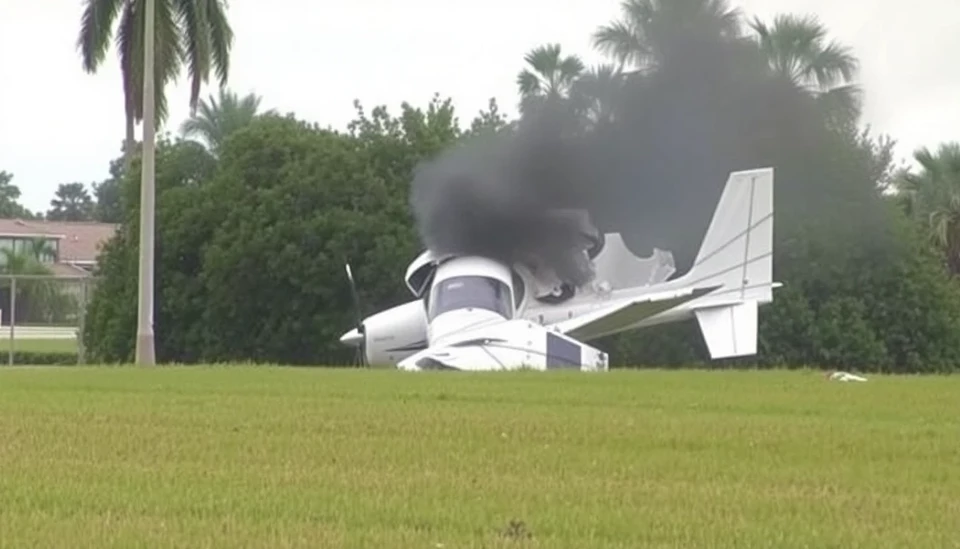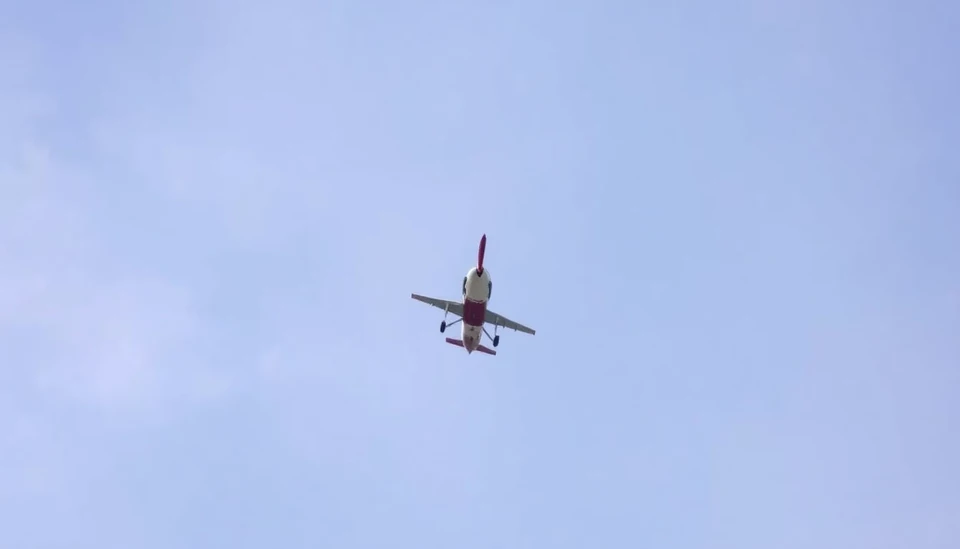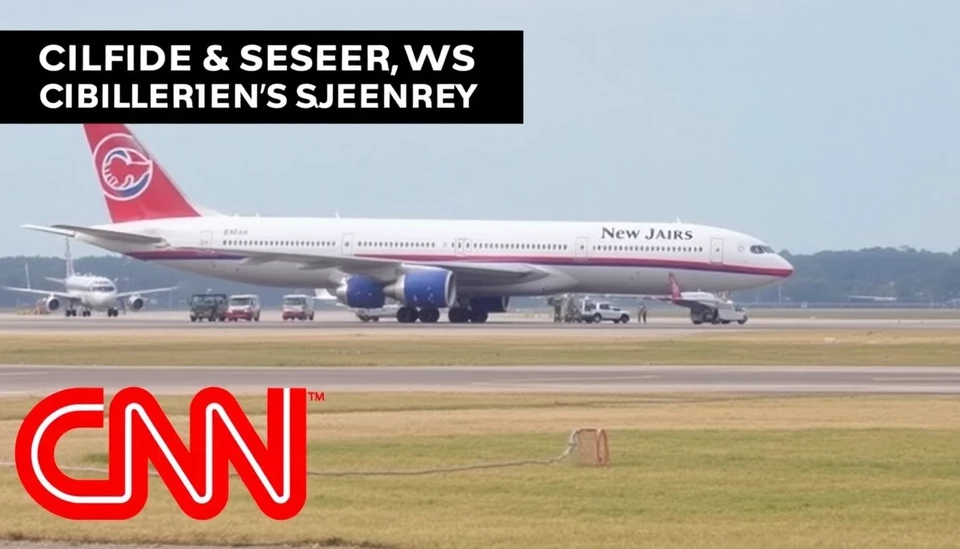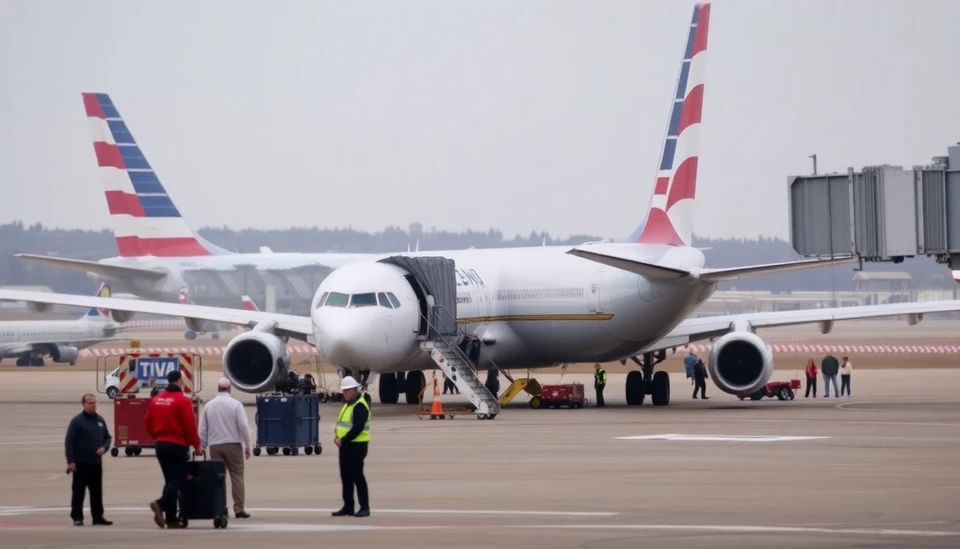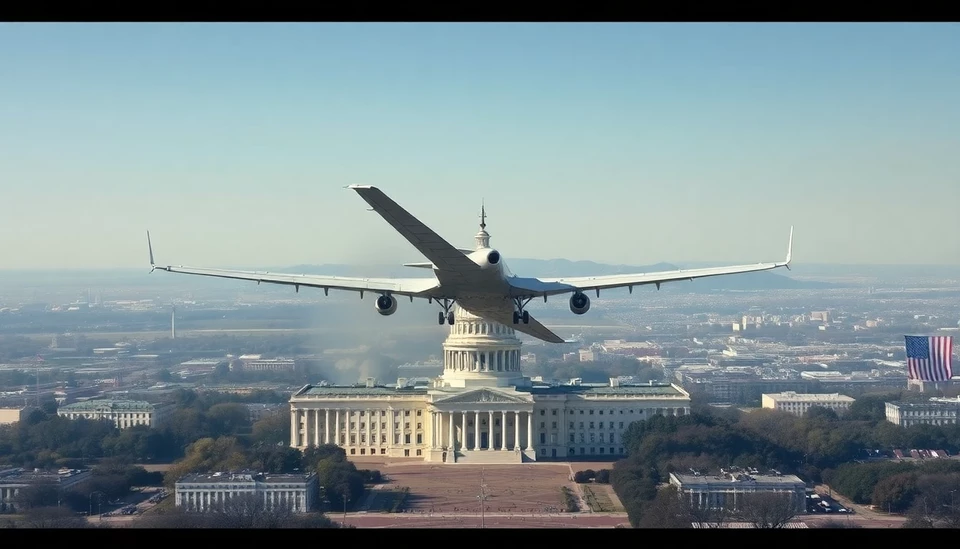
In a startling incident that has sent ripples through the aviation community, two aircraft collided midair over the skies of Washington state. This rare event, which highlights the critical importance of air traffic control and safety protocols, occurred just as several flight platforms were gearing up for an influx of traffic, sparking urgent discussions about airspace management.
According to officials, the two planes involved were a small private jet and a commercial airline carrying passengers. The collision, which occurred at approximately 10:45 a.m., caused significant damage to both aircraft, but, fortunately, there were no reported fatalities or severe injuries. Eyewitness reports indicate that the planes were in close proximity to one another when the incident took place, leading to a chaotic and alarming scene for those observing from the ground.
The Federal Aviation Administration (FAA) has initiated an investigation into the circumstances surrounding the collision. Early indications suggest that a lapse in communication between the two pilots may have been a contributing factor. Experts in aviation safety have emphasized that while midair collisions are exceedingly rare—thanks largely to sophisticated traffic management technology—this incident serves as a stark reminder of the potential vulnerabilities in the system.
Industry analysts have pointed out that the frequency of close encounters in the air has been on the rise as air travel has returned to pre-pandemic levels. As flight schedules become more packed, the potential for such incidents increases if proper protocols are not strictly adhered to. The FAA and the National Transportation Safety Board (NTSB) are expected to offer a detailed report in the coming weeks, outlining the findings of their investigation and any necessary recommendations to improve safety measures moving forward.
In the aftermath of this incident, discussions surrounding pilot training, air traffic control protocols, and the overall safety of the national airspace system have gained renewed urgency. Aviation safety advocates are calling for enhanced training programs for pilots, particularly in complex air traffic environments, as well as improved technology for real-time monitoring of air traffic to prevent similar accidents in the future.
This collision not only raises concerns for immediate air travel safety but also underscores the need for ongoing vigilance and innovation in aviation industry practices. With cities like Washington becoming ever busier air traffic hubs, ensuring that safety does not take a backseat to increased air travel will be paramount.
The aftermath of this collision will likely lead to a comprehensive review of national airspace regulations and a reassessment of how air traffic is managed as metropolitan airports face increasing pressure from rising passenger numbers.
As the investigation unfolds, both the FAA and NTSB are expected to prioritize transparency, keeping the public informed about the findings and any emerging safety recommendations to mitigate future risks.
In the face of this alarming event, the aviation community remains steadfast in its commitment to safety and efficiency, continuing to strive for a secure and reliable air travel experience for millions of passengers every day.
#AviationSafety #MidairCollision #WashingtonAirspace #Transportation #AirTrafficControl #PilotTraining #AviationNews
Author: Samuel Brooks
